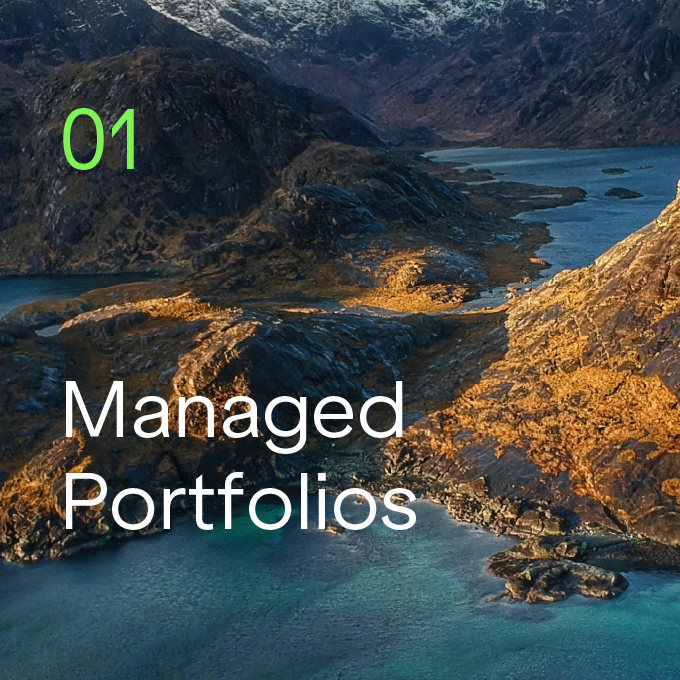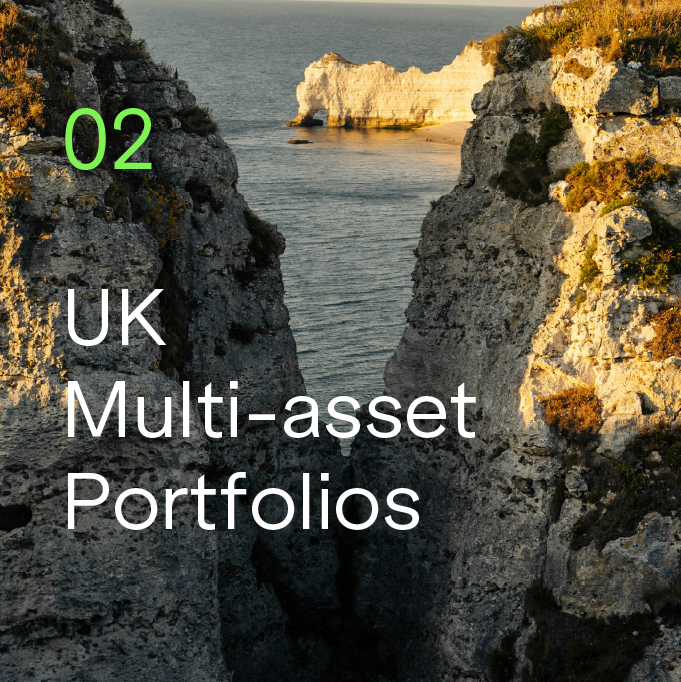Raj Manon: Investment lessons from football’s greatest-ever title shock

For professional clients only. Capital is at risk.
In an article first published on the Professional Paraplanner website, Raj Manon, Head of Investments - Multi-Asset, identifies key strategies that saw his favoured club win the Premier League title for one season but can be used by multi-asset funds to keep on winning.
It’s now a decade since Leicester City, the team I’ve supported all my life, pulled off arguably the most amazing triumph ever seen in football or any other sport. They began the 2015-2016 Premier League season as 5,000-to-1 rank outsiders and ended up taking the title.
With the 2025-2026 campaign under way, one reason why I like to reflect on their historic feat is that it helps take my mind of the fact that they’re now languishing in the Championship again. In April, for the second time in three years, they were relegated.
But it’s not just a case of trying to ease the pain. In my opinion, that remarkable season holds a number of useful lessons for investors – particularly in relation to multi-asset solutions.
To understand why, we first need some context – not least for anyone whose knowledge of the Foxes, as they’re known, might be sadly lacking. To cut a long story short: Leicester really aren’t the sort of team that wins the Premier League.
They weren’t even in the top division in 11 of the 15 years leading up their miracle year. They actually plummeted as low as the third tier at one point. Even in 2014-2015, the year immediately prior to their incredible run, they finished a lowly 14th.
Claudio Ranieri, a well-travelled Italian with a decidedly hit-and-miss record, joined as manager in July 2015. One national newspaper described his appointment, which followed a tumultuous stint as coach of the Greek national side, as “baffling”1.
But Ranieri had a plan. He was all too aware that Leicester couldn’t splash out on a dazzling array of big-name signings. He accepted the need to build a squad of overlooked and undervalued players.
In tandem, he recognised the importance of discipline. He knew Leicester would need to find a playing style that worked and stick with it through thick and thin, ignoring the “noise” that inevitably accompanies ups and downs in a team’s performance.
To say the wider world of football was surprised when Ranieri’s men reached the festive break at the top of the table would be an understatement. The consensus was that they had excelled themselves but would soon slip out of contention.
Yet they stayed there, somehow holding off all-comers, and were eventually crowned champions on May 2 2016 after their nearest challenges, Tottenham, failed to beat Chelsea. Believe me when I tell you that was a very happy day in the Manon household.
Diversification, discipline and dependability
Like Ranieri, investors in multi-asset strategies need to think differently. Such solutions are essentially pragmatic, which is to say the idea isn’t to shoot the lights out by focusing on a tiny handful of supposedly “hot” stocks.
The aim is instead to seek out opportunities across the investment universe. These might include underappreciated asset classes or unfashionable regions. Like title-winning heroes Jamie Vardy and Riyad Mahrez, such holdings can deliver impressive levels of outperformance if given the chance to shine.
A key goal – no pun intended – is to construct a robust, diversified portfolio in which every component serves a purpose. Some assets might be geared towards capital growth, for example, while others might be better suited to providing downside protection.
In other words, there’s little merit in having a team that consists entirely of Messi-like superstars. There has to be a place for what footballer-turned-philosopher Eric Cantona famously called “water-carriers” – dependable workhorses capable of keeping things ticking over in good times and bad.
It’s also vital to stick to principles. Just as Leicester refused to abandon their 4-4-2 set-up when their form briefly dipped, a proven strategic or tactical asset allocation framework shouldn’t be tossed aside in the face of volatility or other headwinds.
This isn’t to suggest there’s no scope at all for adjustment. Portfolios must always be monitored and rebalanced as circumstances change. But short-term problems shouldn’t derail long-term objectives.
Of course, this brings us to the point at which our analogy tragically breaks down. It hurts me to say it, but Leicester’s glory days were short-lived. While a sensible multi-asset solution can continue to perform well over time, the Foxes’ annus mirabilis turned out to be an anomaly.
Why? Some players moved on. Involvement in additional competitions, most notably the Champions League, probably took its toll. Maybe a bit of motivation was lost. Other teams got back on track and restored the established order.
Regardless, I’m still a fan. But I must confess that if given a choice between backing Leicester and backing a well-diversified multi-asset solution – oh, forgive me, fellow Foxes followers – my money would be on the latter.
Incidentally, a friend of mine had a tidy wager on that 5,000-to-1 shot a decade ago. I can’t confirm that he immediately placed all his winnings in a multi-asset strategy – but I bet he now wishes he did…
1 See Guardian: “Claudio Ranieri: the anti-Pearson… and the wrong man for Leicester City?”, 14 July 2015 – https://www.theguardian.com/football/blog/2015/jul/14/claudio-ranieri-leicester-city-nigel-pearson
Find out more about our Multi-Asset
This article is provided for general information purposes only and should not be construed as personal financial advice to invest in any fund or product. These are the investment manager’s views at the time of writing and should not be construed as investment advice. The opinions expressed are correct at time of writing and may be subject to change. Capital is at risk. The value and income from investments can go down as well as up and are not guaranteed. An investor may get back significantly less than they invest. Past performance is not a reliable indicator of current or future performance and should not be the sole factor considered when selecting funds.







